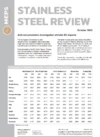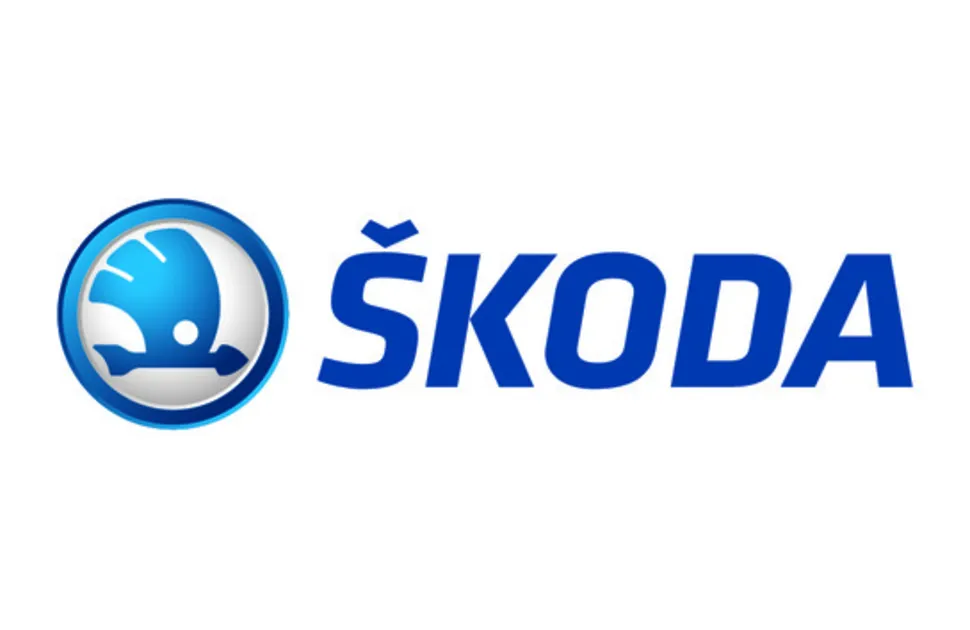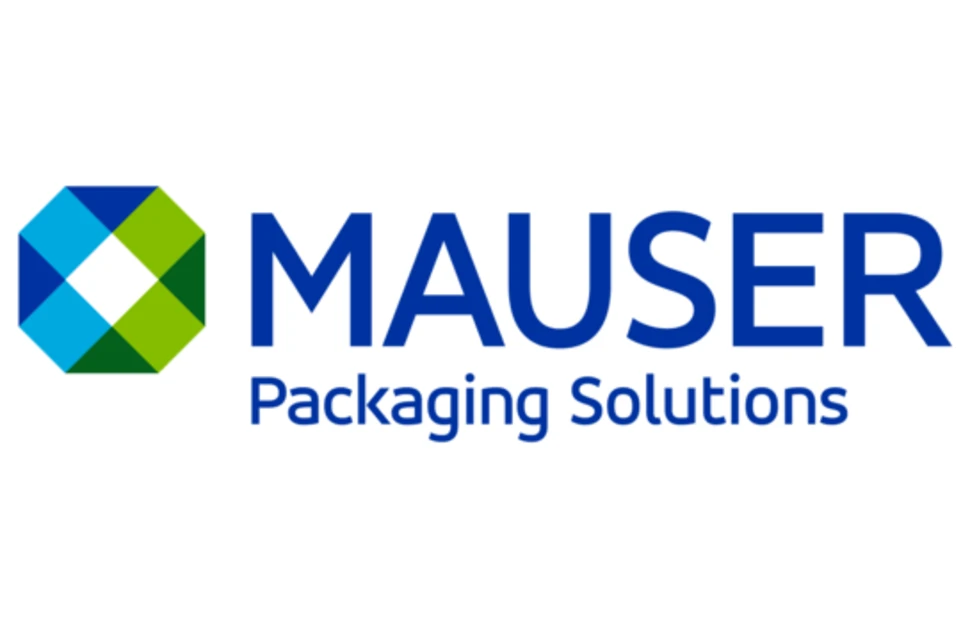EU-US deal places ‘huge burden’ on steel sector
An unchanged 50% tariff on steel and 15% tariffs on steel-intensive products shipped to the United States mean that the new EU-US trade deal will place a “huge burden” on Europe’s steel industry, Eurofer claims.
The industry body said that the tariff on EU steel risks eliminating exports to the US, which amounted to 3.8 million tonnes in 2024. Furthermore, despite the inclusion of vehicle exports in the new 15% blanket rate on other EU imports – down from 25% previously – it said that automotive exports would also suffer.
In 2024, when a 2.5% tariff was in place, around 760,000 EU vehicles were exported to the US. This represented around one million tonnes of EU steel, Eurofer said, claiming that much of this may now be at risk.
Comments made by European Commission President Ursula von der Leyen after meeting with Donald Trump in Scotland suggest a solution that could lower tariffs may yet be agreed. She said: “On steel and aluminium, the EU and the US face the common external challenge of global overcapacity. We will work together to ensure fair global competition. And to reduce barriers between us, tariffs will be cut. And a quota system will be put in place.”
Steel tariffs ‘here to stay’
MEPS US steel market analyst Laura Hodges said: “The 50% tariffs have been devastating for the United States’ key steel trading partners. While there is hope for a steel quota system with the EU and potentially the UK, President Trump has not publicly acknowledged this possibility and as recently as today even denied that steel tariffs would be lowered. For now, steel tariffs and uncertainty are here to stay.”
The EU-US deal is the fifth trade deal announced by the White House since the extension of negotiations over President Donald Trump’s “reciprocal” import tariffs. Following the earlier framework deal announced with the United Kingdom, new trade agreements were agreed with Vietnam, Indonesia, the Philippines and Japan. These stipulate 20%, 19%, 19% and 15% “reciprocal” tariffs on imported goods, excluding steel and aluminium. Following Japan’s recent negotiations, Japanese Prime Minister Shigeru Ishiba confirmed that the 50% US import tariff on steel would remain in place.
The European Commission has agreed to make a number of US investments in return for its 15% tariff rate, which is half the 30% “reciprocal” tariff rate previously threatened by President Trump. It has committed to buy USD750bn of liquefied natural gas, oil and nuclear fuels over the next three years. It will also make USD600bn in additional US investments, including the purchase of military equipment.
Downward pressure on EU steel prices
July’s edition of MEPS’s European Steel Review revealed that EU steel prices are currently in decline. Many mills are planning extended summer shutdowns in a bid to mitigate price erosion amid low domestic demand and the loss of access to the crucial US export market due to the previous 50% tariff.
Despite recent revisions to the European Commission’s import safeguard measures, competition from low-cost Asian imports is also depressing prices. The likelihood that Asian-origin exports will be diverted from the US to Europe has increased the risk of further downward price pressure. Currently, uncertainty around the cost of taxes related to the EU’s emissions-based Carbon Border Adjustment Mechanism (CBAM) is one of the few factors supporting European steel prices.
Data published in MEPS’s July edition of its International Steel Review showed that US prices are currently stable. Despite the country’s stringent steel import restrictions, ongoing trade negotiations have left many buyers in “wait and see” mode, MEPS research respondents say.
Hodges believes that some aspects of the trade deals could improve market sentiment and steel demand.
“There seems to be a trade deal template at this point, including US investment and energy commitments”, she said. “Both the EU and Japan have agreed to invest significantly in US manufacturing and increase US energy imports. These commitments, if realised, will lift steel demand in the United States.”

Source:
Stainless Steel Review
The MEPS Stainless Steel Review is an invaluable monthly guide to international stainless steel prices and includes the latest global stainless steel industry analysis.
Go to productRequest a free publication





